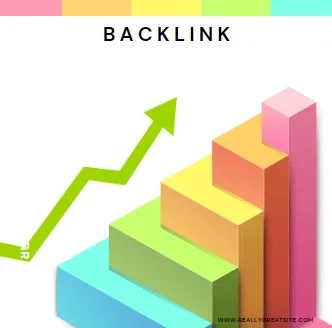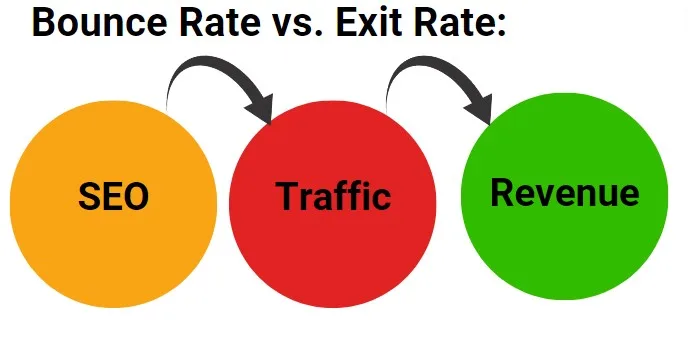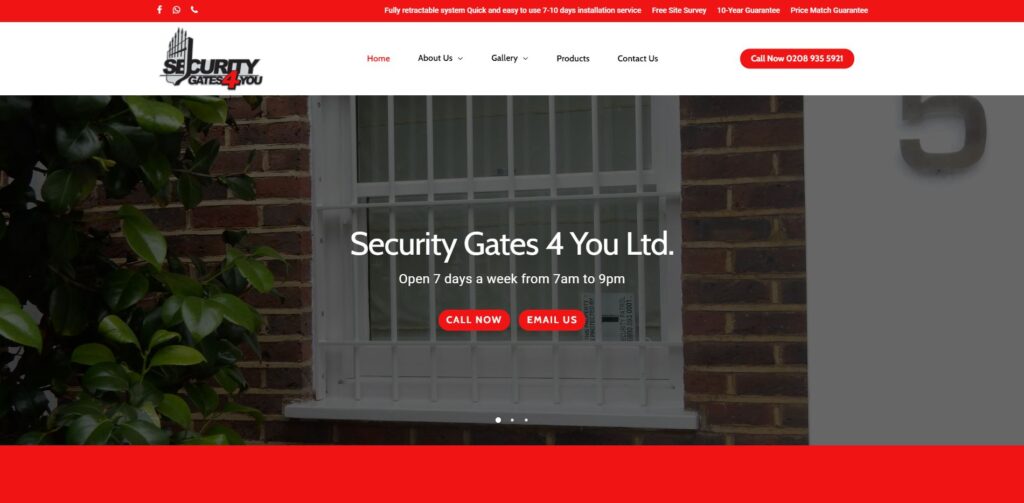Terms like “bounce rate” and “exit rate” often surface, carrying significant weight in understanding user engagement and optimising your online presence. In this blog, we’ll dissect the distinctions between these two metrics, explore the effects of bounce rates on your website’s performance, and provide actionable tips on how to reduce bounce rates on your website effectively.
Understanding Bounce Rate and Exit Rate
First off, before trying to learn how to reduce bounce rate on your website, you must first understand it. Bounce rate and exit rate are two vital metrics that offer insights into user behaviour on your website. Understanding these metrics is essential for improving user engagement and optimising your site’s performance. So let’s delve into the details:
- Bounce Rate: This metric indicates the percentage of visitors who arrive on a specific page of your website and leave without exploring further. A high rate can signal issues with content relevance, user experience, or design. To address this, consider implementing these strategies:
- Create captivating and relevant content to entice visitors to explore more.
- Optimise the loading speed of your pages to prevent users from bouncing due to slow loading times.
- Enhance the user interface and navigation to guide visitors through your website.
- Exit Rate: Unlike bounce rate, the exit rate measures the percentage of visitors who leave your website from a particular page. It doesn’t necessarily mean they entered your site on that page. While a high exit rate might not always be a concern, it’s important to identify specific pages with unusually high exit rates and investigate potential issues.
See how our agency can drive massive amounts of traffic to your website
SEO :
Unlock massive amounts of SEO traffic see real results.
Content marketing :
Our team creates epic content that will get shared, get links, and attract traffic
Paid media :
Effective paid strategies with clear ROI.
Bounce Rate Effects: Why It Matters
The bounce rate of your website can have significant implications for user experience, search engine rankings, and overall online success. Let’s explore the effects of bounce rate and understand why it matters:
- User Engagement: A high bounce rate indicates that visitors aren’t finding what they’re looking for or are unimpressed with your content. Consequently, this lack of engagement can hinder the development of a loyal audience and lower the chances of conversions.
- Search Engine Rankings: Search engines like Google consider bounce rate as a potential indicator of content relevance and user satisfaction. A high bounce rate might signal to search engines that your content isn’t meeting users’ needs, which can negatively impact your rankings.
- Conversions and Goals: If your website aims to generate leads, sales, or other conversions, a high bounce rate can hinder your success. Moreover, visitors who leave quickly are less likely to take the desired actions, affecting your conversion rates.
- Website Performance: High bounce rates can indicate areas of your website that need improvement. By identifying the pages with the highest bounce rates, you can pinpoint issues and make necessary enhancements to improve user experience.
- Advertising Costs: If you’re running pay-per-click (PPC) advertising campaigns, a high bounce rate can impact your ad quality scores and increase costs. Search engines view high bounce rates as a sign that your landing pages are not relevant to users’ queries.
- Brand Perception: A website with a consistently high bounce rate might convey a negative impression of your brand. Users might perceive your site as outdated, untrustworthy, or irrelevant.


How to Reduce Bounce Rate on Your Website
- Optimise Landing Pages: Firstly, ensure that your landing pages provide the information users expect and align with their search intent.
- Improve Page Load Time: As a matter of fact, slow-loading pages can frustrate users and lead to higher bounce rates. Optimise images and leverage browser caching.
- Enhance Content Quality: Most importantly, always deliver valuable and engaging content that holds visitors’ interest and encourages them to explore further.
- Implement Clear Calls to Action: Provide users with clear next steps, guiding them to other relevant pages on your site.
- Ensure Mobile Responsiveness: Lastly, with mobile users on the rise, responsive design is essential for a seamless experience across devices.
To conclude, understanding the nuances of bounce rate and exit rate empowers you to make informed decisions to retain visitors, reduce bounce rates, and ultimately create a more engaging and user-friendly website.
We hope you enjoy reading this blog
If you need our expertise please book a meeting with us.
Explosion Digital: Your Partner in Digital Success
With a passion for innovation and a deep understanding of digital marketing strategies, we specialise in providing tailored solutions to enhance your online presence and drive growth. Furthermore, our team of experts is dedicated to crafting data-driven strategies that align with your goals, ensuring your brand stands out. So if you’re looking for professionals to help with your website’s bounce rate issues, Explosion Digital is here to help.
Conclusion
In conclusion, where user engagement plays a pivotal role, understanding the nuances of bounce rate and exit rate is crucial. Thus, by implementing effective strategies to reduce bounce rates on your website, you can elevate your website’s overall performance. Remember, every click matters, and optimising user experience can be the key to unlocking your website’s full potential. So take a step forward; Trust Explosion Digital to help you reduce bounce rates on your site. Visit our website to learn more.
FAQs – Answering Your Burning Questions
What is considered a good bounce rate?
Bounce rates vary by industry, but generally, a bounce rate between 26% to 40% is considered excellent, 41% to 55% is average, and anything above 70% is concerning.
Can high exit rates be a positive sign?
Yes, in certain cases. For example, an exit rate might be high on a “Thank You” page after a successful conversion. However, consistent high exit rates on important pages might indicate issues.
How can I track bounce and exit rates?
Web analytics tools, such as Google Analytics, offer detailed insights into your site’s performance, including bounce and exit rates.











